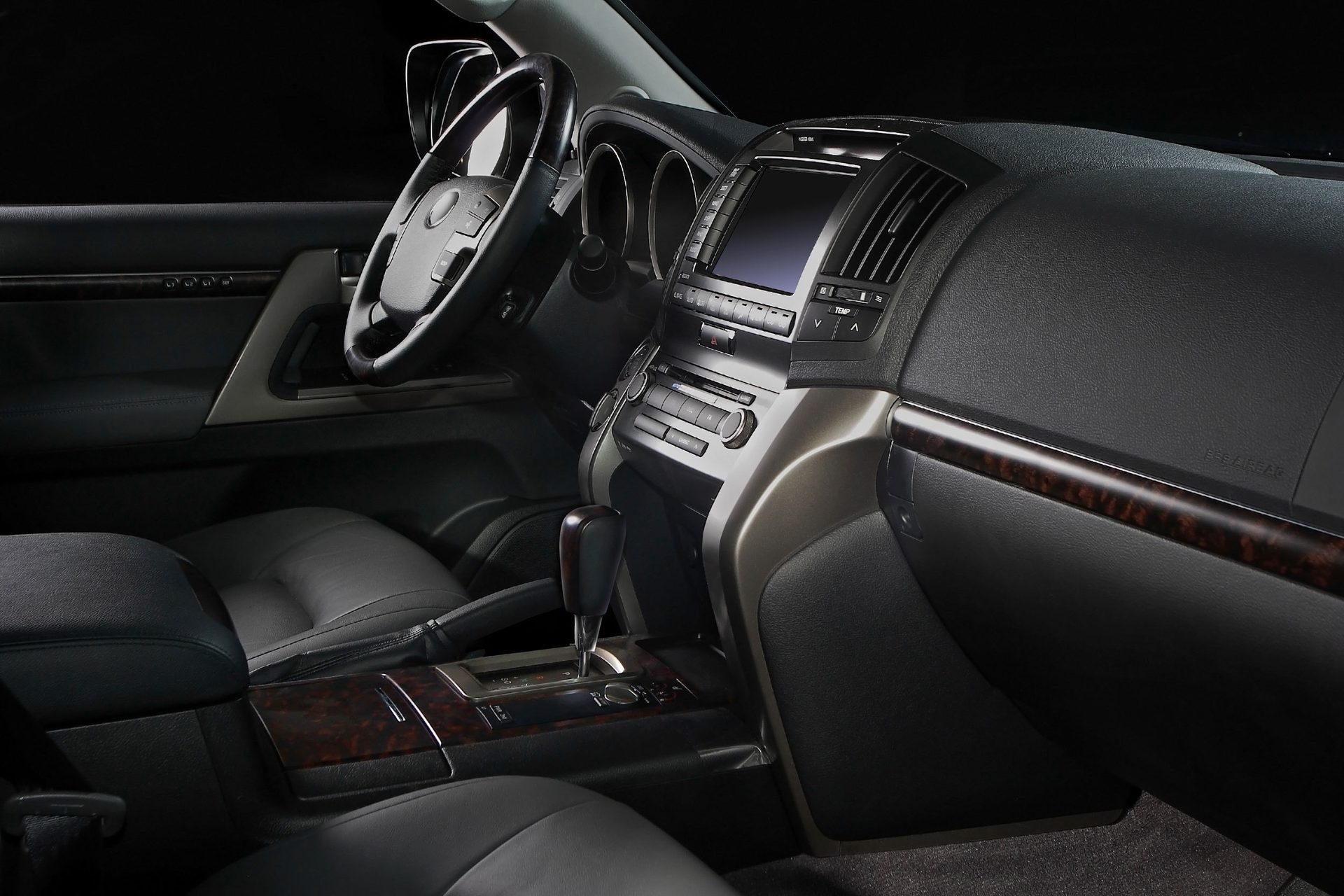Ready to proof -- Clare 05/12/22
KJ proofed on 5/16
Ready for author

Less Dust, More Comfort
Graphene Nanotubes in Seat Cover Coating Upgrade Car Interiors
By Ian Fellows, CEO, OCSiAl USA
The use of artificial leather in automotive interiors is increasing dramatically. The reason is in its outstanding properties: easy to clean, durable, strong and able to adopt a range of colors. However, its insulative properties result in the accumulation of static electricity generated by friction between clothing and seats. In addition to causing discomfort, this can increase dust accumulation, which begins from the moment the car is built, through its transportation, installation and finally use. Usually, a routine of regular cleaning with an anti-static spray is followed. However, OEM manufacturers are always on the lookout for ways to improve interior comfort without additional expense or processes. Besides this, the need for anti-static and highly conductive properties in artificial leather becomes more significant considering the growing car industry trend of developing driver and passenger monitoring systems that rely on sensors.
To prevent static accumulation, anti-static materials should be added to artificial leather. Autostop Interiors, a leader in the production of seat covers and accessory parts in Europe, has developed artificial leather seat covers modified with OCSiAl’s TUBALL™ graphene nanotubes, also known as single wall carbon nanotubes. The graphene nanotubes are introduced into the polyurethane coating, which facilitates an anti-dust effect on the artificial leather car seats while preserving mechanical properties.
“The solution enhances synthetic leather seat cover qualities with an additional property that protects them from undesired static accumulation on the surface, repels dust and upholds a vehicle interior’s clean appearance without regular, laborious cleaning,” said Sofia Filipponi, Head of R&D, Autostop Interiors.

Even an extremely low dosage of graphene nanotubes facilitates targeted electrical resistivity of 107–109 Ω/sq in material surface. The nanotube solution allows OEMs to add anti-static properties to seat covers without changing standard production processes and to increase cost efficiency thanks to its superior price-per-physical property in comparison with other additives.
The rapid development of the use of nanotubes in industrial leather applications was previously limited by processing considerations. OCSiAl’s ready-to-use solution in the form of concentrates and suspensions has significantly simplified handling, allowing producers to use standard equipment and retain original formulations.
The solution enables the automotive interior industry to use an innovative material that contributes to sustainable development without compromising performance. The use of graphene nanotubes in artificial leather seats unlocks additional opportunities for manufacturers in the context of growing interest in sensor-based monitoring systems, enhancing safety and sensor efficiency.
Beyond this, solutions based on graphene nanotubes in automotive seats open the door for advancing seat heating solutions. Other nanotube market cases have proven the ability of nanotubes to create a conductive network inside the material that can heat up with only a small current.
For more information, click here.
Photos courtesy of OCSiAl.
